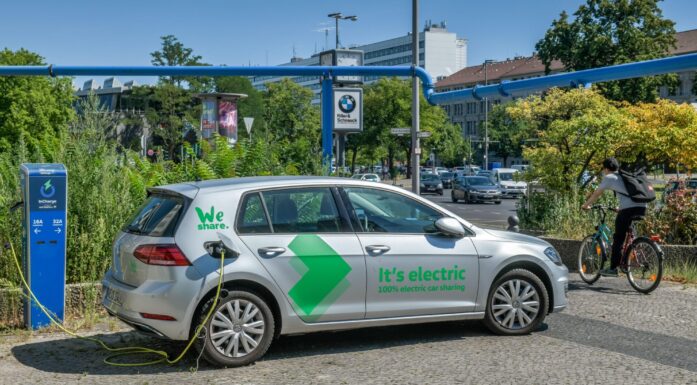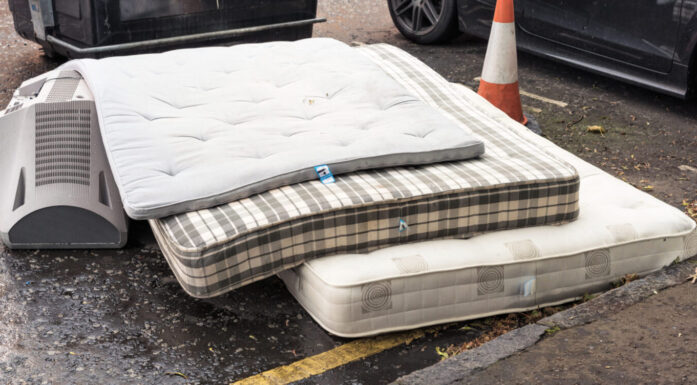Household consumption significant driver of climate, other environmental impacts
You won’t make big cuts in your environmental impact by taking shorter showers or turning out the lights. The real environmental problem, a new analysis has shown, is embodied in the things you buy.
ENVIRONMENTAL FOOTPRINT: The world’s workshop — China — surpassed the United States as the largest emitter of greenhouse gases on Earth in 2007. But if you consider that nearly all of the products that China produces, from iPhones to tee-shirts, are exported to the rest of the world, the picture looks very different.
“If you look at China’s per capita consumption-based (environmental) footprint, it is small,” says Diana Ivanova, a PhD candidate at Norwegian University of Science and Technology’s Industrial Ecology Programme. “They produce a lot of products but they export them. It’s different if you put the responsibility for those impacts on the consumer, as opposed to the producer.”
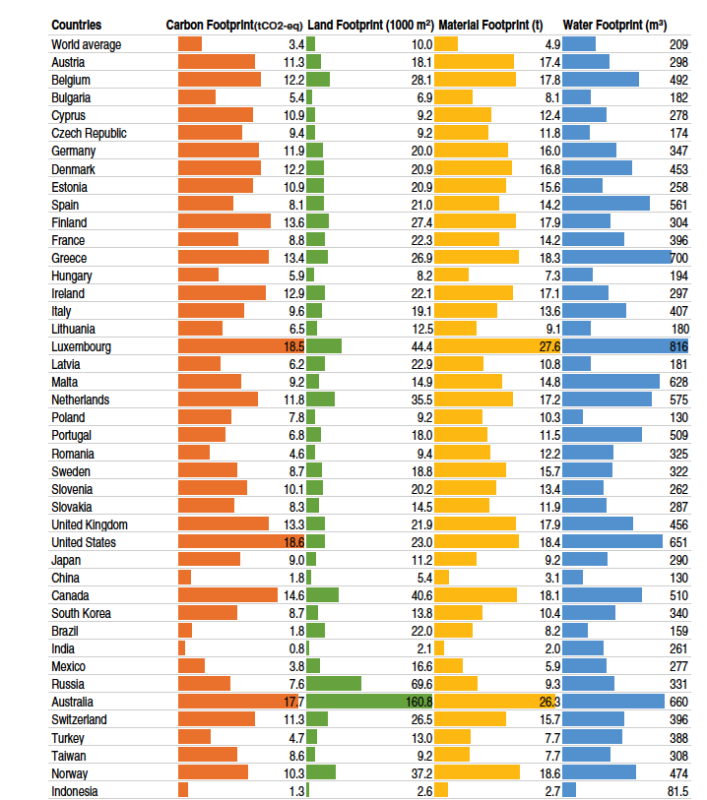
Here’s how the different countries compare when it comes to carbon, land, material and water footprints. Source: Ivanova et al. Environmental Impact Assessment of Household Consumption. Journal of Industrial Ecology.
That’s exactly what Ivanova and her colleagues did when they looked at the environmental impact from a consumer perspective in 43 different countries and 5 rest-of-the-world regions. Their analysis, recently published in the Journal of Industrial Ecology, showed that consumers are responsible for more than 60 per cent of the globe’s greenhouse gas emissions, and up to 80 per cent of the world’s water use.
“We all like to put the blame on someone else, the government, or businesses,” Ivanova says. “But between 60-80 per cent of the impacts on the planet come from household consumption. If we change our consumption habits, this would have a drastic effect on our environmental footprint as well.”
The analysis allowed Ivanova and her colleagues to see that consumers are directly responsible for 20 per cent of all carbon impacts, which result from when people drive their cars and heat their homes.
But even more surprising is that four-fifths of the impacts that can be attributed to consumers are not direct impacts, like the fuel we burn when we drive our cars, but are what are called secondary impacts, or the environmental effects from actually producing the goods and products that we buy.
A good example of this, Ivanova says, is water use.
- You might also like: Food waste recycling not always the best idea
Cows, not showers
When you think about cutting your individual water use, you might think about using your dishwasher very efficiently, or taking shorter showers.
Those aren’t bad ideas on their own, but if you look deeper, like the NTNU researchers did, you’ll find that much of the water use on the planet is gulped up by producing the things that you buy.
Consider beef. Producing beef requires lots of water because cows eat grains that need water to grow. But because cows are relatively inefficient in converting grains into the meat that we eat, it takes on average about 15,415 litres of water to produce one kilo of beef.
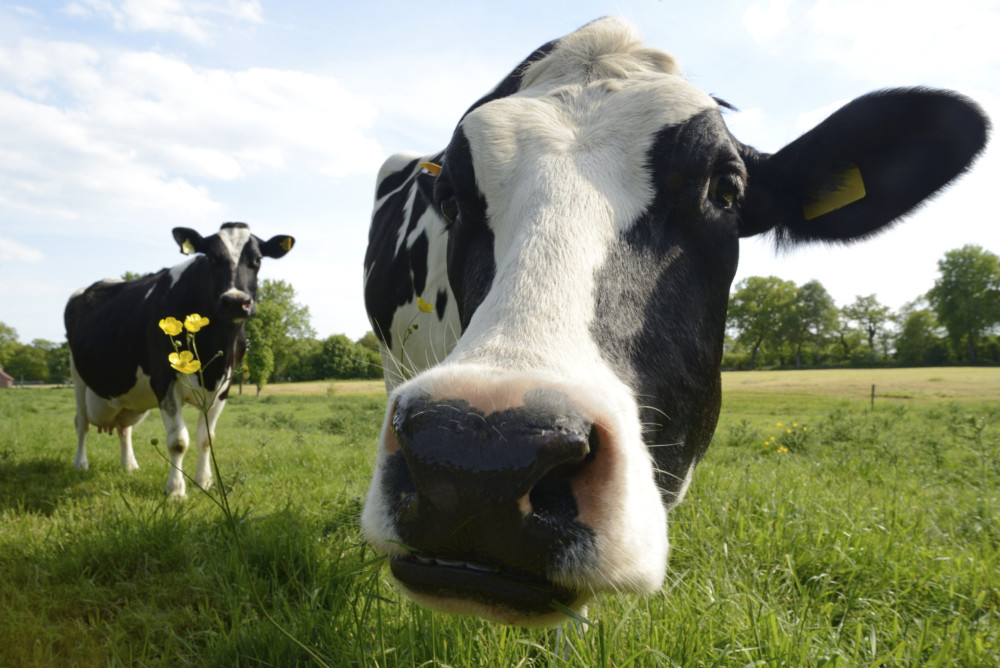
Whether for dairy or for beef production, cows have a big impact on the environmental health of the planet. Photo: Thinkstock
Dairy products require similarly large amounts of water to produce.
When a group of Dutch researchers looked at the difference in producing a litre of soy milk with soybeans grown in Belgium compared to producing a litre of cow’s milk, they found it took 297 litres of water to make the soy milk (with 62 per cent of that from actually growing the soybeans) versus a global average of 1050 litres of water to produce a litre of cow’s milk.
Processed foods, like that frozen pizza you bought for dinner last night, are also disproportionately high in water consumption, Ivanova said. Making processed foods requires energy, materials and water to grow the raw materials, ship them to the processor, produce the processed food items and then package the final product.
This is particularly bad news when it comes to chocolate, which is one of the most water-intensive products we can buy. It takes a shocking 17,000 litres to produce a kilo of chocolate.
- You might also like: Why we struggle to change our climate impacts
Richer countries, larger impacts
The researchers also looked at environmental impacts on a per-capita, country-by-country basis.
While the information is sometimes surprising—Luxembourg has a per capita carbon footprint that is nearly the same as the United States—it mostly follows a predictable pattern. The richer a country is, the more its inhabitants consume. The more an individual consumes, the bigger that person’s impact on the planet.
But the differences between individual countries are extremely high, Ivanova said.
“The countries with the highest consumption have about a 5.5 times higher environmental impact as the world average,” she said.
The United States is the overall worst performer when it comes to per capita greenhouse gas emissions, with a per capita carbon footprint of 18.6 tonnes CO2 equivalent, the unit used by researchers to express the sum of the impacts of different greenhouse gases, such as carbon dioxide, methane, nitrous oxide and sulphur hexafluoride.
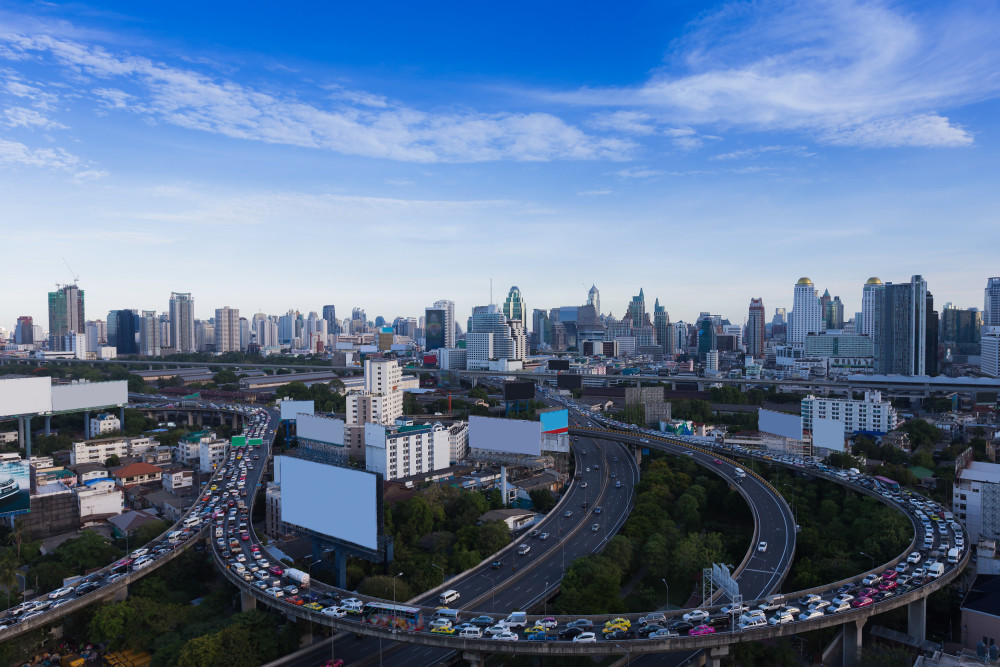
The carbon footprint of the USA is very large, due to the dominance of the automobile as the main form of transport. Photo: Thinkstock
The US was followed closely by Luxembourg, with 18.5 tonnes CO2 equivalent, and Australia, with 17.7 tonnes CO2 equivalent. For comparison, China’s per capita carbon footprint was just 1.8 tonnes CO2 equivalent. Norway, at 10.3 tonnes CO2 equivalent per capita, was three times the global average of 3.4 tonnes CO2 equivalent per capita.
The results for individual countries also reflect the effects of the electricity mix, or the fuel source that countries rely on for electric power. The prevalence of nuclear or hydroelectric power in countries such as Sweden, France, Japan and Norway means that these countries have lower carbon footprints than countries with similar incomes but with more fossil fuels in their energy mix.
For this reason, Ivanova says, a significant portion of household impacts from Sweden and France come from imports (65 and 51 per cent respectively), because the products that are imported are mostly produced with fossil fuels.
- You might also like: Save the planet? Stop eating meat
An enormous database allows comparisons
The researchers relied on an extremely large and detailed database that NTNU developed in partnership with colleagues from the Netherlands, Austria, Germany, the Czech Republic and Denmark called EXIOBASE.
The database describes the world economy for 43 countries, five rest-of-the-world regions and 200 product sectors, which allows researchers to ask questions about how different products or countries affect the environment.
They were also able to ask how an average consumer in each of the countries or regions affects the environment as measured by greenhouse gas emissions (tonnes CO2 equivalent), water use (in cubic metres), land use (in 1000 square metres) and material use (in tonnes).
The 43 countries represent 89 per cent of the global gross domestic product and between 80-90 per cent of the trade flow in Europe, as measured by value.
- You might also like: The Paris Summit is over. Now what?
No surprises: take the bus, eat vegetarian or vegan
The advantage of identifying the effects of individual consumer choices on the different environmental measures is that it pinpoints where consumers in different countries can cut back on their impacts.
“Households have a relatively large degree of control over their consumption, but they often lack accurate and actionable information on how to improve their own environmental performance,” the researchers wrote in the journal article reporting their results.
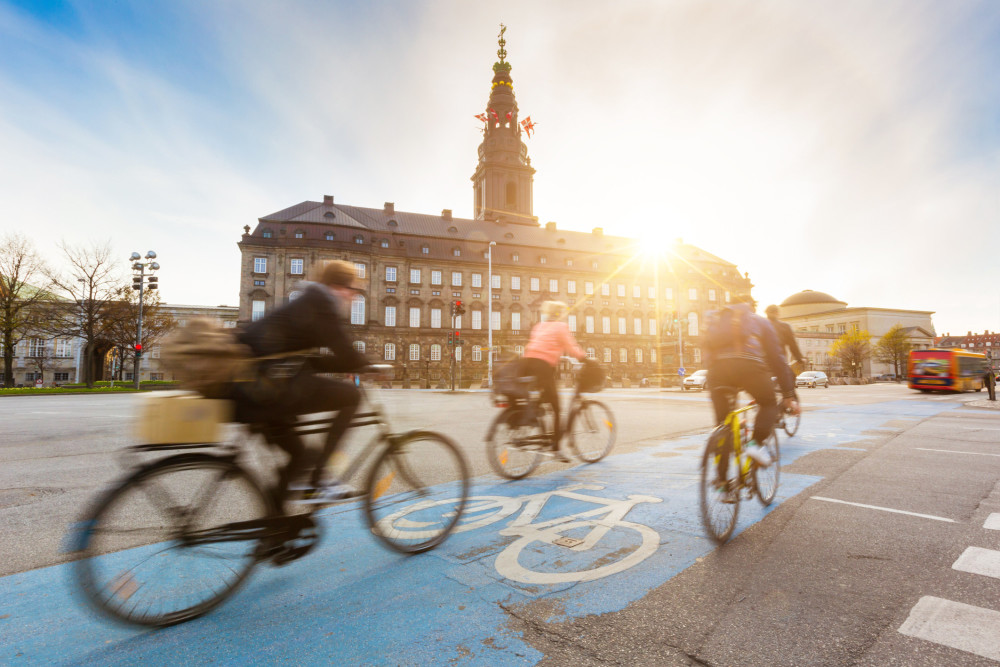
Taking your bike or riding the bus cuts your carbon footprint, especially if you can avoid buying a car. Photo: Thinkstock
Eventually, the goal is to be able to use this information to guide policy, Ivanova said. The effort is a part of the GLAMURS project, an EU-funded effort designed to promote greener lifestyles and environmentally responsible consumption in Europe.
In the meantime, two easy ways to cut your environmental impact are to stop eating meat, and cut back on your purchases, she said.
Currently, EU consumers spend 13% of their total household budget on manufactured products. If the average EU consumer switches away from spending money on these manufactured products to paying for services instead, this would cut close to 12 per cent of the EU’s current household carbon footprint, Ivanova said.
“Any activity where we have a choice of buying a product or using a service, the service will have much less impact,” she said.
Reference:
Diana Ivanova, Konstantin Stadler, Kjartan Steen-Olsen, Richard Wood, Gibran Vita, Arnold Tukker and Edgar G. Hertwich. 2015. Environmental Impact Assessment of Household Consumption. Journal of Industrial Ecology. DOI: 10.1111/jiec.12371
https://onlinelibrary.wiley.com/doi/10.1111/jiec.12371/abstract

